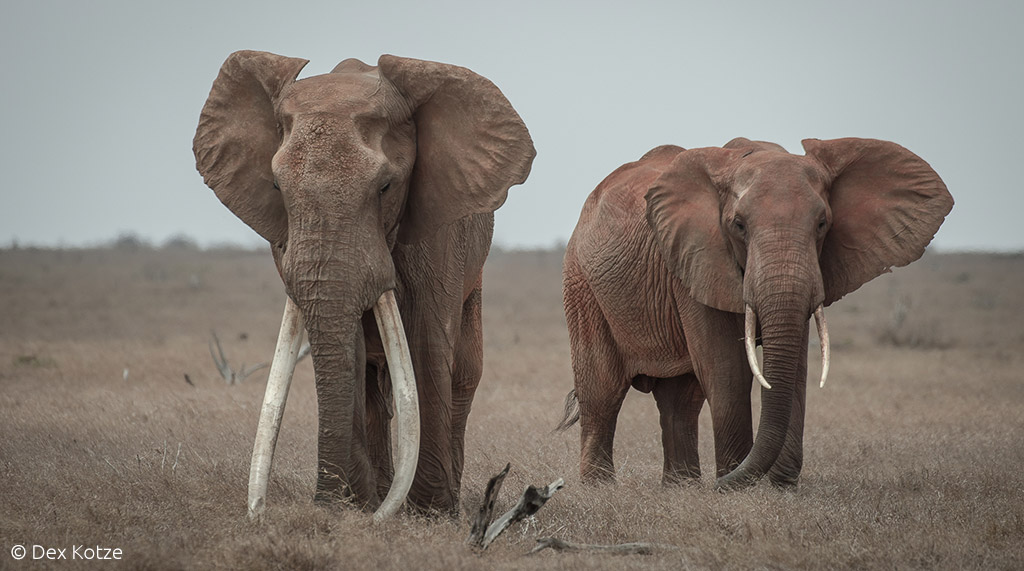
Tsavo Trust monitors the elephant populations of the Tsavo Conservation Area, specifically focusing on tuskers. It does so in close cooperation with the Kenya Wildlife Service (KWS) and research and conservation partners. See DONATION details below.
“Tuskers” (also referred to as ‘big/super tuskers” refers to elephants with tusks so large they scrape the floor and weigh more than 100 pounds on each or one side. Currently, an estimated 50-100 tuskers remain in the world, some of which reside in Tsavo. It is vital that we make every effort to protect what is arguably the last remaining viable gene pool of big tuskers. This includes the protection of tuskers and the emerging tuskers that have the potential to reach the status of tuskers.
There are several reasons why these tuskers are so rare across Africa. First, elephants with large tusks are a natural rarity. Second, these massive elephants are under constant threat from poachers seeking ivory. Third, trophy hunters outside of Kenya (hunting is not permitted in Kenya) actively target tuskers as the ultimate elephant trophy. Tsavo Trust, working in conjunction with KWS and partners, protects these big tuskers from the ever-present threat of poaching while allowing them the freedom to roam the Tsavo vastness.
Tsavo is famous for its big tuskers. The presence of these majestic animals brings large numbers of tourists to Tsavo every year, and that income is vital to further conservation efforts and supporting local communities. In Kenya, the co-dependence between humans and wild animals is strong but challenging, which Tsavo Trust is energetically trying to address. The vast and varied wilderness of Tsavo provides excellent potential for wildlife growth. However, this creates a massive challenge for effective wildlife conservation. Without aerial operations, monitoring this massive, largely roadless land area would be impossible. By guarding tuskers, Tsavo Trust also effectively provides security for all other wildlife within their range – such as hirola, the world’s rarest antelope species.
This monitoring is carried out by Tsavo Trust’s Aerial Unit, which provides regular “eyes in the sky” and works with ground protection teams, which provide “eyes and ears” on the ground. Also, in partnership with the KWS Research and Monitoring Department, Tsavo Trust has deployed the Tembo 2 and Tembo 4 mobile ground teams, which carry out daily monitoring of big tuskers in Tsavo East National Park (TENP) and Tsavo West National Park (TWNP).
Tsavo’s 8 known tuskers
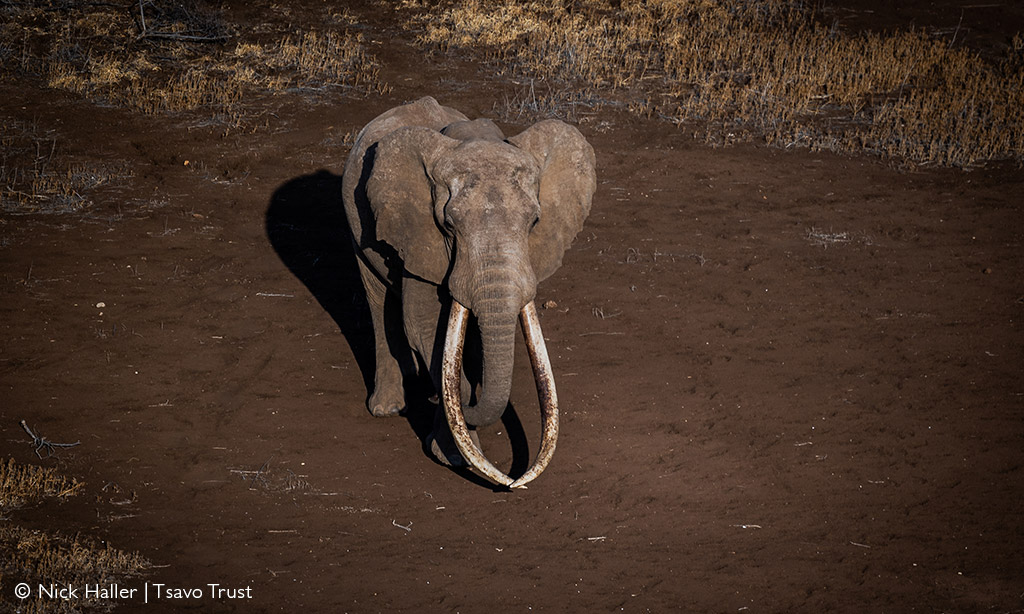
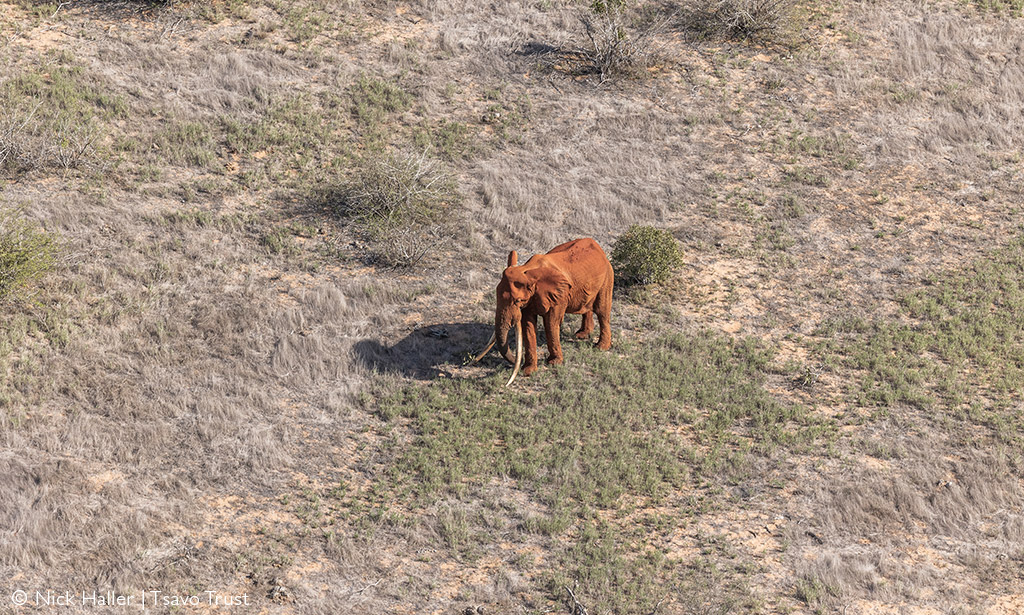
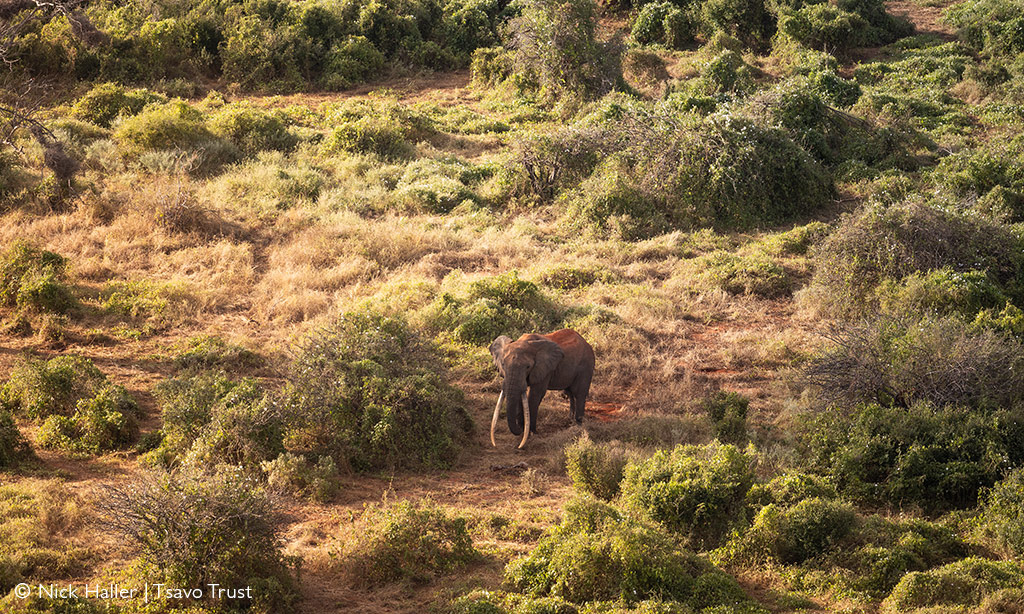

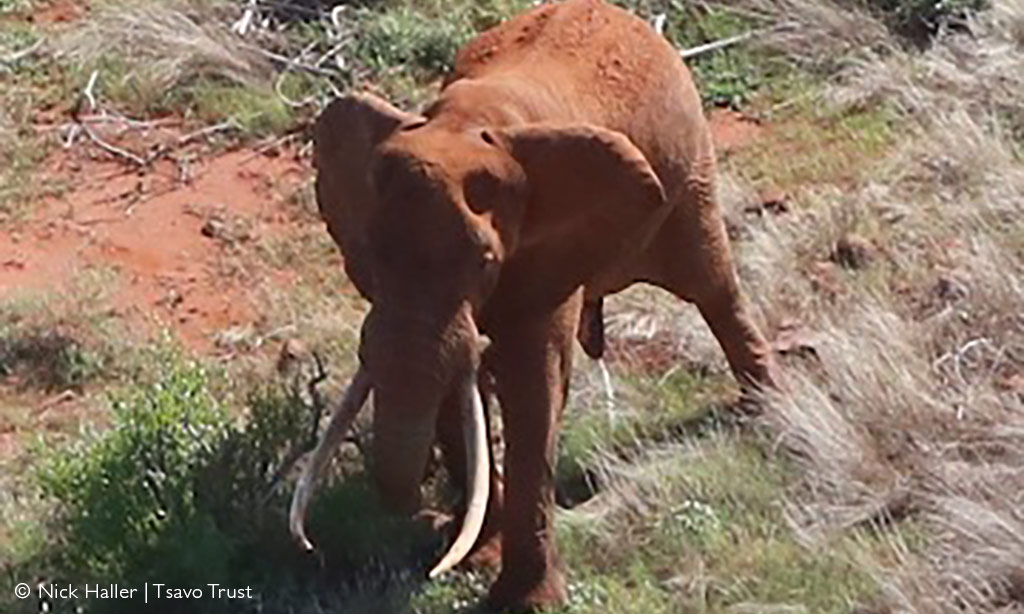



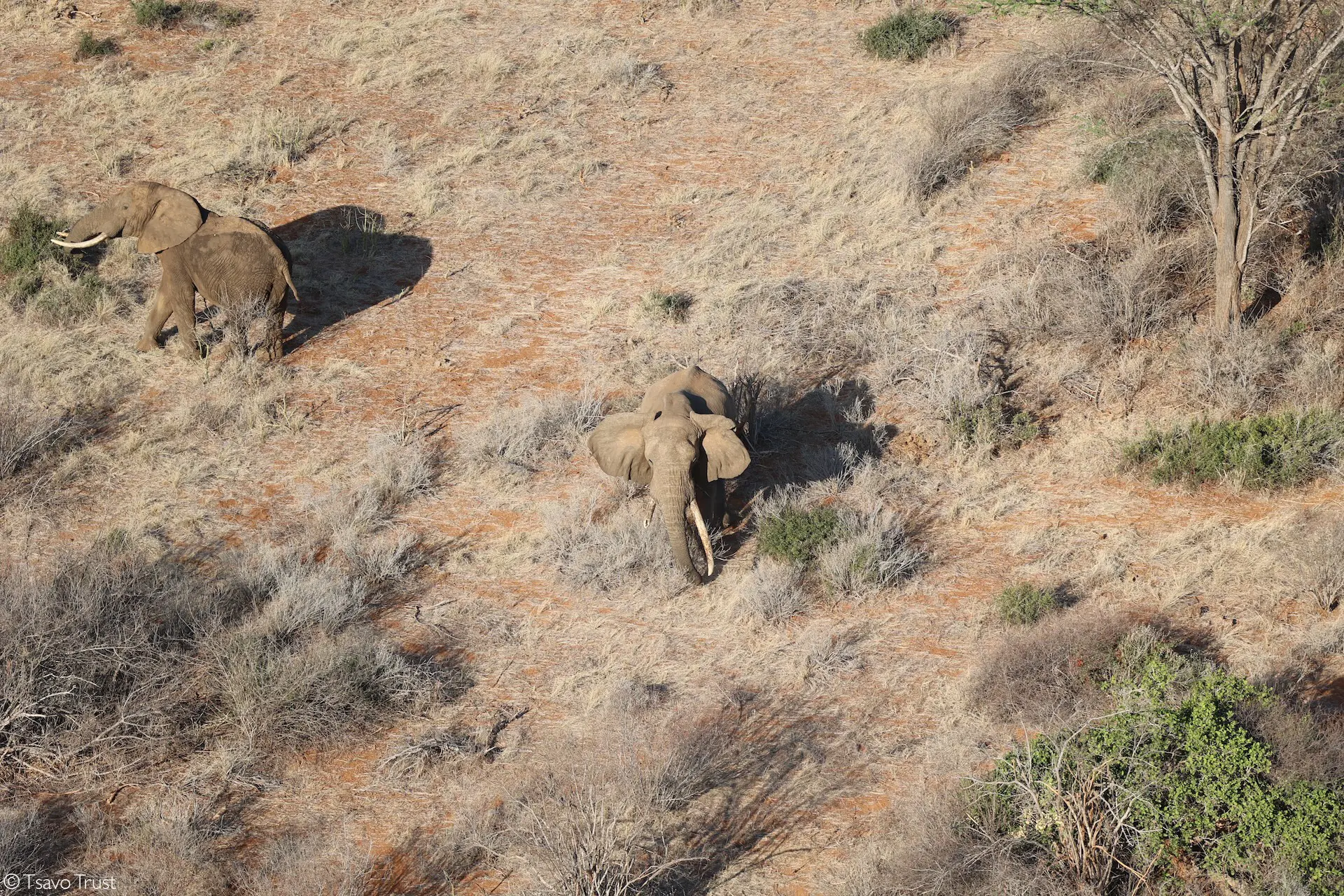

♥ How you can HELP TUSKERS
Annual running costs for the necessary activities are high, and your donation will go a long way towards protecting the last remaining Tsavo tuskers.
Click here to make your donation
How will your donation make a difference?
🚙 Keep Tsavo Trust’s wheels on the ground
- Donate $10 to pay for 8 kilometres of vehicle patrols – or multiples thereof.
- The teams use 9 vehicles on the ground at a cost of $2,500 per vehicle per month.
- Each vehicle travels about 3,000km per month.
🛩 Keep Tsavo Trust’s eyes in the sky
- Donate $50 to keep an aircraft in the air for 9 minutes – or multiples thereof.
- Each aircraft costs $350 per hour of flight.
- The aircraft conduct 55 hours of flights per month.
No matter how modest, your donation will directly support Tsavo Trust’s aerial and ground teams, who are dedicated to saving Tsavo’s tuskers and other species.
READ MORE
About Tsavo, land of legends
About Tsavo National Park’s great walk
About spending time with super tuskers
About the silent giants of Tsavo




